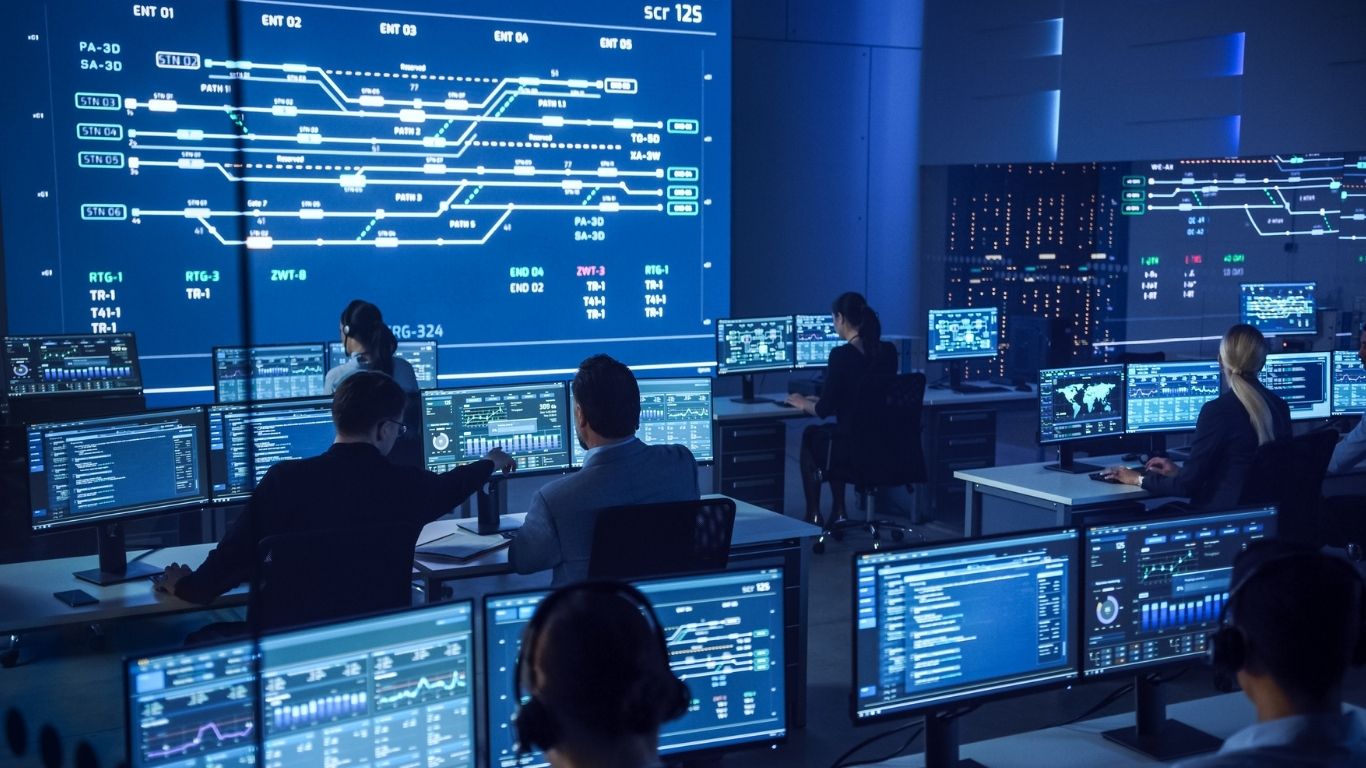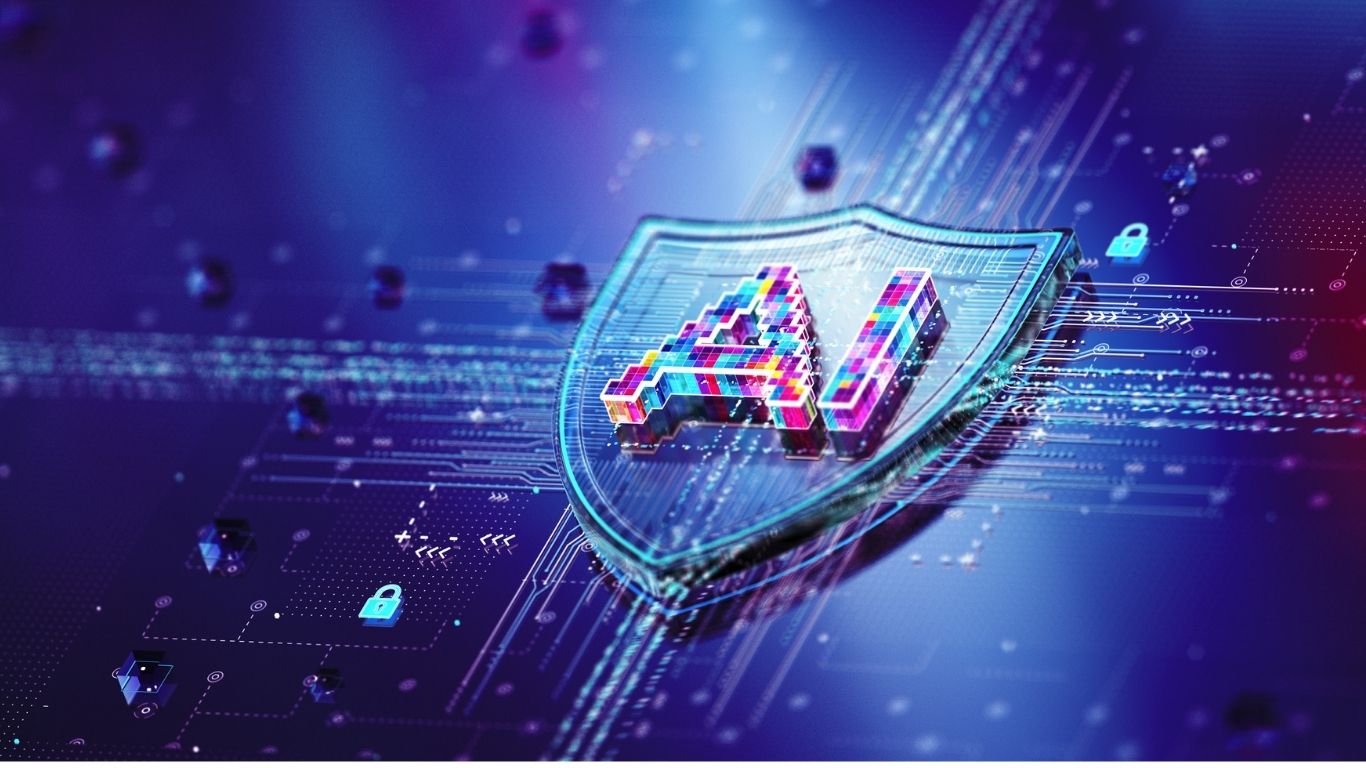
Artificial Intelligence (AI) has entered a new phase in its evolution - one where it no longer merely supports human decision-making, but empowers organisations to redesign how they operate. This is encapsulated in the rise of Agentic AI - a class of AI systems that can plan, make decisions and take actions autonomously to achieve goals and evolve from accumulated experience.
According to McKinsey, Agentic AI is expected to ‘reshape business technology’, marking a powerful shift from AI as a passive tool to an active, problem-solving partner. |
Unlike traditional automation, Agentic AI is not about replacing routine human tasks. It’s about re-architecting workflows and building intelligence-driven operations where adaptive AI agents collaborate with expert humans to deliver outcomes that were previously unattainable.
This game changing approach to AI is also reshaping the way we think about Security Operations Centres (SOCs). As an organisation’s cyber defence nerve centre, SOCs must monitor, investigate, analyse and respond to threats round the clock. Yet having to safeguard complex security infrastructure while deploying an array of cybersecurity solutions and products comes with its own set of challenges.

Firstly, one of the biggest issues is alert fatigue. SOC analysts are overwhelmed with thousands of alerts and events each day – volumes that are nearly impossible to manage manually. Over time, this leads to desensitisation in analysts, who may then ignore critical alerts or fail to act in time decisively, putting organisations at risk.
Secondly, SOC analysts tend to err on the side of caution, generating a high number of false positives. In their effort to avoid overlooking potential threats, analysts may trigger unnecessary alerts. According to Orca Security, as many as 20% of cloud cybersecurity alerts are false positives. This flood of noise can result in analysts missing real threats when they happen.
Thirdly, the ongoing global shortage of skilled cybersecurity professionals continues to strain SOC teams. The workforce skills gap makes it difficult to staff operations effectively, resulting in burnout and reduced performance among existing personnel. With 24/7 shift work being the norm, retaining talent is also a growing challenge. According to a 2024 ISC2 Cybersecurity Workforce Study, the demand for cybersecurity staff is still outstripping the supply.
A fundamental shift is needed to overcome these longstanding challenges – one where we move from reactive processes to proactive intelligence. Agentic AI offers just that.
Agentic AI brings dynamic, autonomous decision-making into SOCs. By introducing intelligent AI agents that not only follow instructions but also plan, reason and act towards defined goals, we can reshape how cybersecurity teams work.
Typically, Tier 1 and Tier 2 analysts can become bogged down by repetitive, manual tasks like alert triaging, incident categorisation, and basic response actions — symptoms of workflows designed for a pre-agentic era. This slows down response times and limits their ability to develop deeper expertise. With Agentic AI, many of these processes are redesigned to operate smarter, faster and continuously learn from each interaction.
But beyond efficiency, the real breakthrough is how these workflows and the human role and human agent collaboration patterns are re-imagined— with intelligent agents dynamically coordinating investigations, prioritising incidents based on evolving threat context, and learning from each analyst’s intervention to continuously refine decision and workflow logic.

Our Agentic AI SOC boldly transforms traditional operations into agent-first systems — intelligent, goal-driven environments where AI agents and human experts co-orchestrate cybersecurity at strategic and operational levels. These autonomous, self-learning agents enable the SOC to provide broader coverage, greater precision and independent decision-making beyond traditional SOC capabilities. Fundamentally, this is organisational redesign, where human expertise evolves from operational firefighting to strategic orchestration — a shift from working in the system to architecting the system itself.
For instance, in-depth threat analysis processes - like threat hunting, investigation and other steps - are now conducted by a planner and orchestrator agent based on intelligently defined contexts and objectives. This enables faster, more accurate Tier-3 level insights while allowing analysts to actively collaborate with the system. Junior analysts are no longer stuck performing repetitive tasks – they are empowered to validate AI-driven insights, apply human judgment where it matters most, and develop the skills needed for more advanced roles. As this happens, our model continuously improves through user feedback and adaptive learning.
Our Agentic AI SOC performs critical backend tasks to support threat detection. It autonomously generates detailed incident reports, deploys behaviour detection rules to optimise Security Posture and Event Management (SIEM) and manages API interactions, with AI agents pushing detection rules, retrieving alerts, and managing configurations autonomously. This independent capability enhances coverage, improves detection accuracy, optimises system performance and enables proactive, adaptive cybersecurity operations.
Whether embedded within an organisation’s existing SOC or delivered as part of our managed services, our Agentic AI SOC redefines what’s possible for smarter, faster, and more effective protection against evolving cyber threats.
By moving beyond passive assistance to autonomous decision-making and action taking, Agentic AI is transforming how long-term business processes are designed, planned and carried out across diverse industries. To ensure organisations stay ahead of evolving threats, we remain committed to advancing AI-driven solutions that not only tackle today’s cybersecurity challenges but unlock new frontiers in efficiency and resilience.
The greatest value of Agentic AI lies in courage to re-architect the enterprise itself the transformative opportunity it presents to fundamentally rethink and redesign business processes and job roles and governance models around adaptive, autonomous systems that are supervised by highly skilled humans. Our vision is not to add Agentic AI as another capability layer, but to build an organisation that is Agentic-first — where intelligent agents become integral actors in our cybersecurity operations with humans steer their evolution. Agentic AI empowers us to proactively disrupt our own operations - before the market forces us to - enabling us to stay ahead of the curve and remain competitive in a rapidly evolving landscape. This marks a strategic inflection point: we are building around Agentic AI, not bolting it on. It’s a commitment to reshape our operational DNA, to construct systems that learn, decide, and act with purpose — a transformation that creates new sources of value on its own.
By embedding this new generation of AI into our solutions and services, we not only elevate our own performance but also deliver a significant competitive advantage to our customers and partners. Whether they leverage our AI-enhanced platforms or benefit from our more agile and intelligent operations, they too gain from this wave of innovation. In this way, agentic AI becomes a catalyst not just for internal transformation, but for holistic ecosystem success.
Copyright © 2025 ST Engineering
By subscribing to the mailing list, you confirm that you have read and agree with the Terms of Use and Personal Data Policy.